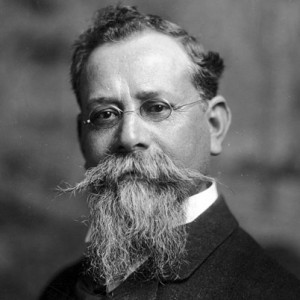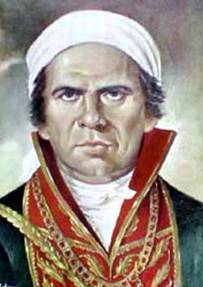
February 5th, 2013 – This day celebrates Mexican Constitution Day which was drafted in Santiago de Querétaro by a Constitutional Convention during the Mexican Revolution on this very day and approved by the Mexican Constitutional Congress on February 5, 1917, with Venustiano Carranza serving as the first president under its terms. This national holiday is usually recognized with festivals and street celebrations. The most important articles, 3, 7, and 13, displayed profound changes in Mexican political philosophy that would help frame the political and social backdrop for the rest of the century. This included abolishing firearms except for the Army and Police.
The official name of the constitution is the Political Constitution of the United Mexican States, and is also often called the Fundamental Law or Magna Carta. The first truly Mexican constitution is that of 1824, as it discards any type of foreign legislation and proclaims absolute sovereignty. However, prior to this, there were already various laws in existence, among them the Spanish Constitution of Cadiz in 1812, the “feelings of the Nation” by Jose Maria Morelos, and the Constitutional Decree for liberty of Mexican American, or the Constitution of Apatzingan of 1814. The Constitution of 1857 was the fundamental element in national defence against the French invasion and Emperor Maximiliano de Hasburgo. It was fully valid following the expulsion of foreigners and remained in effect until 1917.


In 1910, the armed Mexican Revolution began, based on the social, economic and political conditions that arose during the time of President Porfirio Diaz who remained in power for more than 30 years. This movement was precisely the context for the creation of the Constitution that governs Mexico through today. Venustiano Carranza, as first leader of the constitutionalist Army, in charge of the executive branch, called congress together on 1916 in order to present a project to reform the constitution of 1857. The document went through tremendous modifications and additions to adjust to the new social reality of the country. On February 5th 1917, the current Magna Carta was presented at the theatre of the Republic in Queretaro. This document was able to bring together the revolutionary ideals of the Mexican people. It included principles for social reforms and farmers. In addition, it was drawn up to govern all Mexicans without distinction to race, creed, or social or political condition, offering the liberty of thought and beliefs.


